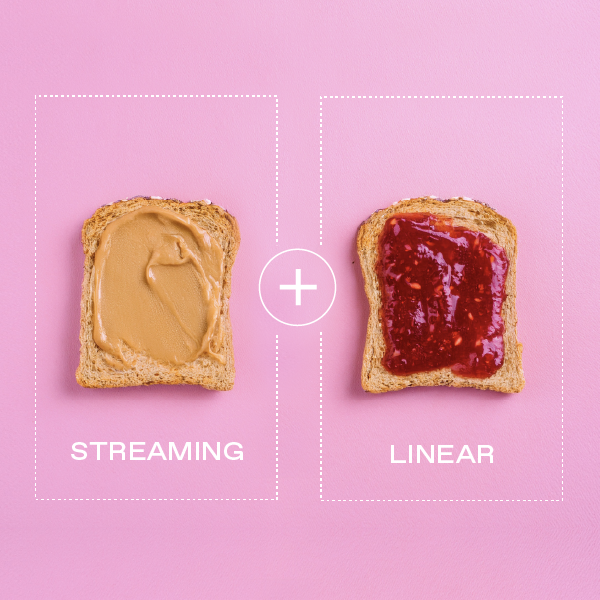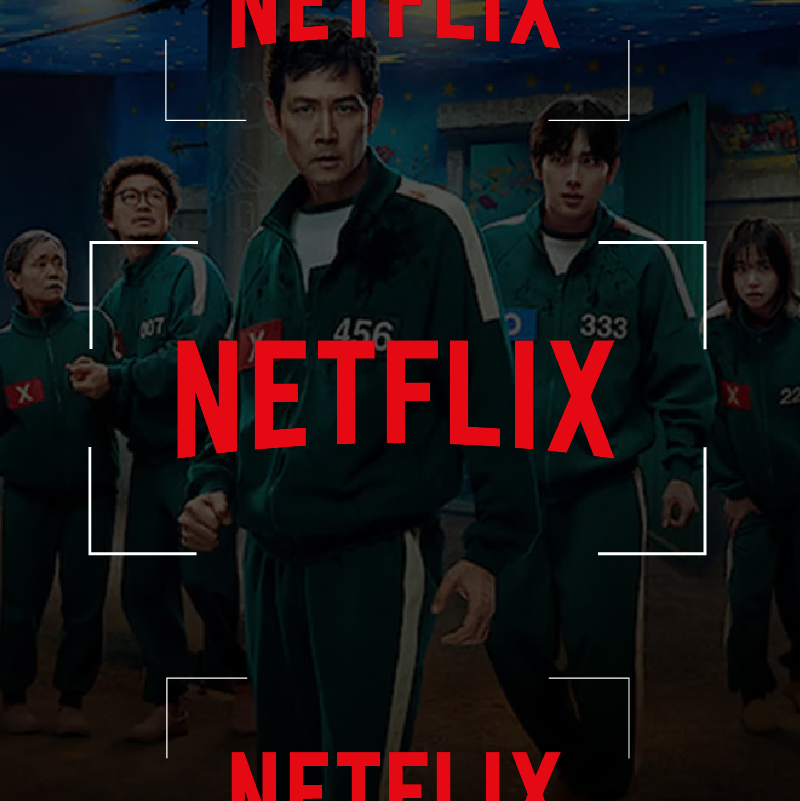
How are TV performance and media-buying impacted in Q4?
As we approach the end of the year, the fourth broadcaster quarter (Q4) is always an interesting period to analyze TV performance and media-buying. Running from beginning of October to end of December, Q4 starts off like other quarters: loads of inventory, good clearance, and softer pricing resulting from the ability to negotiate with networks.
Moreover, the end of Q4, from December 25 and into the two first weeks of January, is the best time to be on TV for non-Christmas intensive businesses. Inventory is loose with abundant firesale opportunities, networks see increased viewership, and Tatari even calculates a 2.4 multiplier on every dollar of spend in this period. In other words, the beginning and end of Q4 are marked by good TV performance and strong media-buying opportunities.
The period between November 1 and December 25 is when most advertisers start wondering whether they need to adjust their campaign budgets. During this time, inventory tightens up and pricing edges up as a result (although these changes are occasionally offset by increased viewership around holidays and some key days, like Thanksgiving and Black Friday). While this can have a negative impact on media-buying, it does not negatively affect all TV advertisers in terms of performance.
Specifically, we looked at TV performance of several clients during Q4 in 2016 to see whether there were any notable market trends. Looking at the graph below, which shows weekly CPV performance, we can see that performance somewhat suffered (i.e. CPV edged up during the period). However, during the week of Cyber Monday, our service-oriented client did worse while consumer-goods clients held steady. This made sense because products of service-oriented companies are usually not a logical fit for special sales days like Cyber Monday.
Therefore, while good performance may be harder to find in middle of Q4 (or at least, TV advertising feels more expensive), results will mostly vary by company. Advertisers have to assess the nature of their product and evaluate whether it make sense to ramp up or scale down on TV spend in this period.

Brad Geving
I'm Head of Media Buying & Ops and I love it when a plan comes together.
Related
Why Linear + Streaming Work Better Together
When one advertiser shifted from a dual-channel TV strategy to streaming-only, performance quickly declined. See what happened when they turned linear back on.
Read more
What Marketers Should Know About Netflix Advertising (Before You Buy)
Netflix has officially entered the ad game—and with its unmatched viewership and new live sports deals, it's changing the rules. Discover what this means for your brand, and how to tap into premium audiences without wasting your media dollars.
Read more
Conversations on the Croisette: Tatari Explores the Future of TV Media Buying at Cannes
Speaking at this year’s Cannes Lions, Tatari took the stage to show that performance TV can be both measurable and creative—all while leveraging AI to plan smarter and drive stronger results.
Read more


